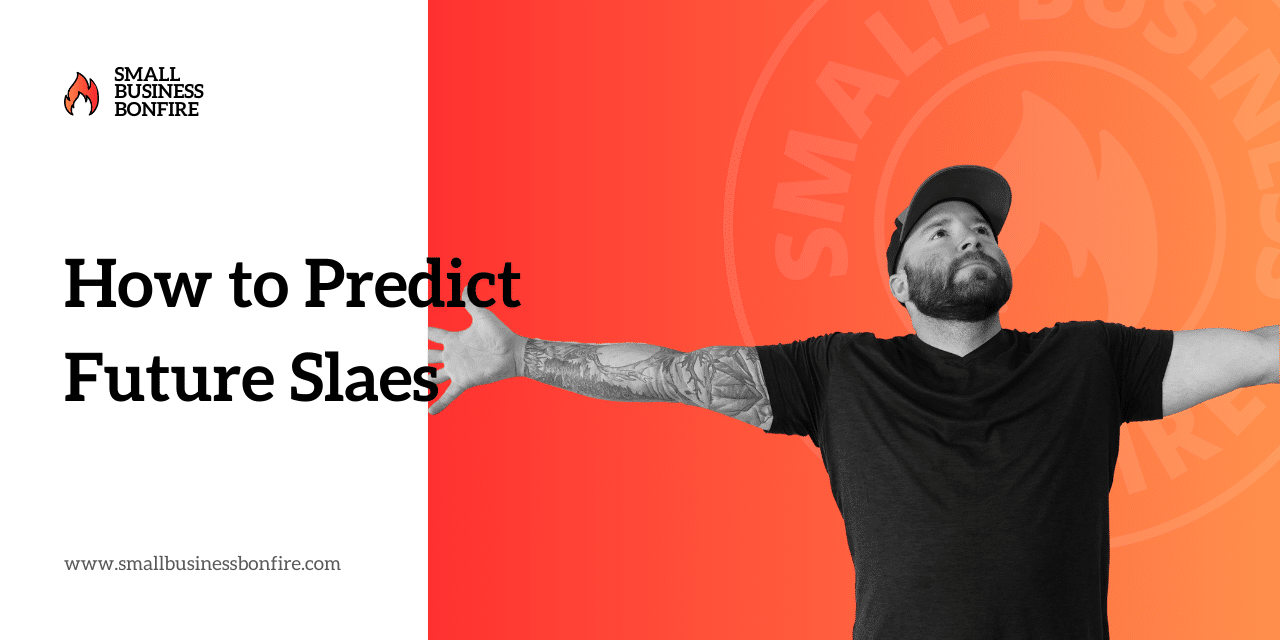How to Forecast Sales With a CRM

Table of Contents
Now, let’s get into the nitty-gritty of sales forecasting using a CRM.
As a reminder, sales forecasting can mean the difference between sleepless nights.
- Sleepless Night A): Worrying about your business
- Sleepless Night B): Partying in Vegas with your sales on autopilot.
Here are the top two easiest ways to predict sales as an SMB owner.
1. Forecasting by Sales Funnel (My Favorite)
Forecasting by Sales Funnel involves analyzing each sales funnel stage to predict future sales.
The sales funnel typically includes stages like lead generation, lead qualification, proposal, negotiation, and closure.
Businesses can forecast sales volume and revenue by examining the conversion rates and time spent at each stage.
Example:
Here’s an example of what each stage of the funnel looks like:
- Initial Prospects: 10% likelihood of conversion
- Qualified Prospects: 25% chance of progressing
- Proposal Stage: 50% expected conversion rate
- Negotiation Phase: 75% likelihood of winning
- Finalizing Deals: 90% probability of closing
Business owners can project sales outcomes more accurately by quantifying the potential success rate at each of these crucial milestones.
Pros:
- Detailed Insight: Offers a detailed view of the sales process, allowing for targeted improvements at each stage.
- Customizable: Can be tailored to the specific sales process and stages of a business.
- Predictive Power: Helps in predicting sales volume by analyzing historical conversion rates.
Cons:
- Data-Intensive: Requires detailed and accurate data on conversion rates and time spent at each stage.
- Complexity: It can be complex to set up and maintain, especially for businesses with long or complicated sales cycles.
- Assumption-Based: This relies on the assumption that past performance indicates future results, which may not always hold.
2. Forecasting by Lead Score
Forecasting by Lead assigns a score to each sales opportunity based on its closing likelihood.
Factors such as customer engagement, buying signals, and historical data are used to calculate these scores.
Sales teams can then use these scores to prioritize efforts and forecast sales revenue.
Example:
Imagine assigning a numerical value to each lead source based on its likelihood to convert:
- Referrals: Scored at 8.1, referrals often bring in high-quality leads due to the pre-established trust.
- Email Campaigns: With a score of 7.2, they can target and nurture leads effectively with personalized content.
- Landing Pages: Designated at 6.5, these are the bread and butter for capturing interested parties and gathering data.
- Social Media: Scoring a 5.4, social platforms enable you to engage with a broad audience, though with varying levels of intent.
- Cold Calling: Rated at 3.6, it remains a tool for outreach, despite its lower conversion rate in today’s digital age.
Pros:
- Prioritization: Helps sales teams prioritize their efforts on the most promising leads and opportunities.
- Dynamic: Scores can be updated in real time based on new data, making the forecast more responsive to changes.
- Efficiency: Increases sales efficiency by focusing resources on leads with the highest likelihood of closing.
Cons:
- Complex Scoring Models: Developing and maintaining accurate scoring models can be complex and require advanced analytics capabilities.
- Data Quality: The accuracy of forecasts depends on the data quality used for scoring.
- Adaptability: Scoring models may need frequent updates to remain accurate as market conditions and customer behaviors change.
Both Forecasting by Sales Funnel and Forecasting by Score offer powerful insights for sales forecasting.
The choice between both is up to you!
Sometimes (I hate to say this) sales is more of a feeling than a fact…




